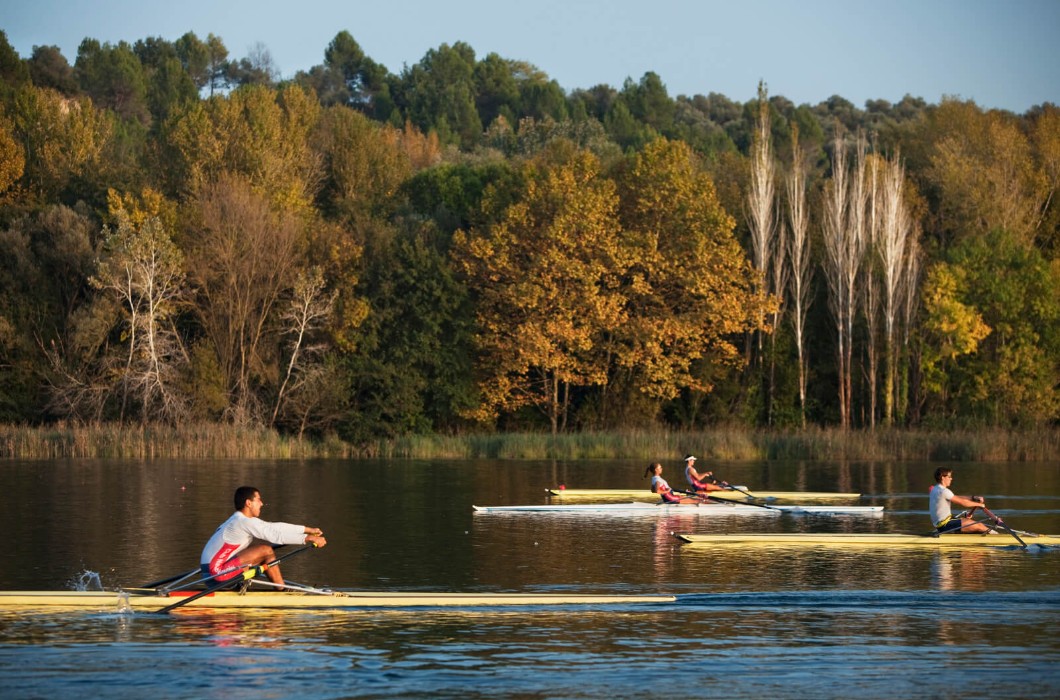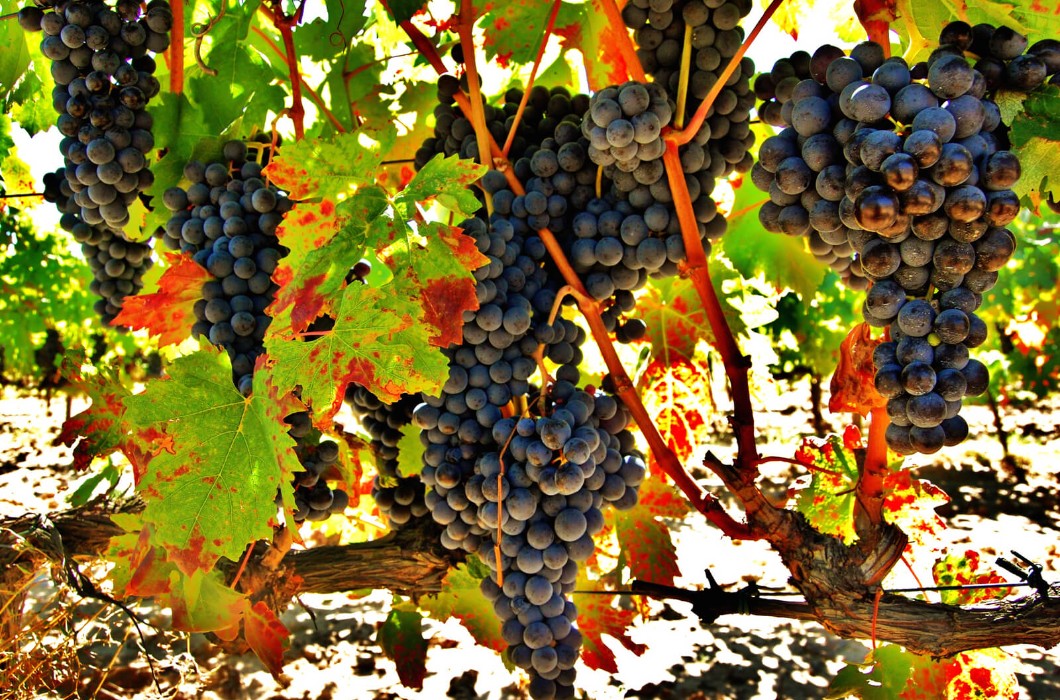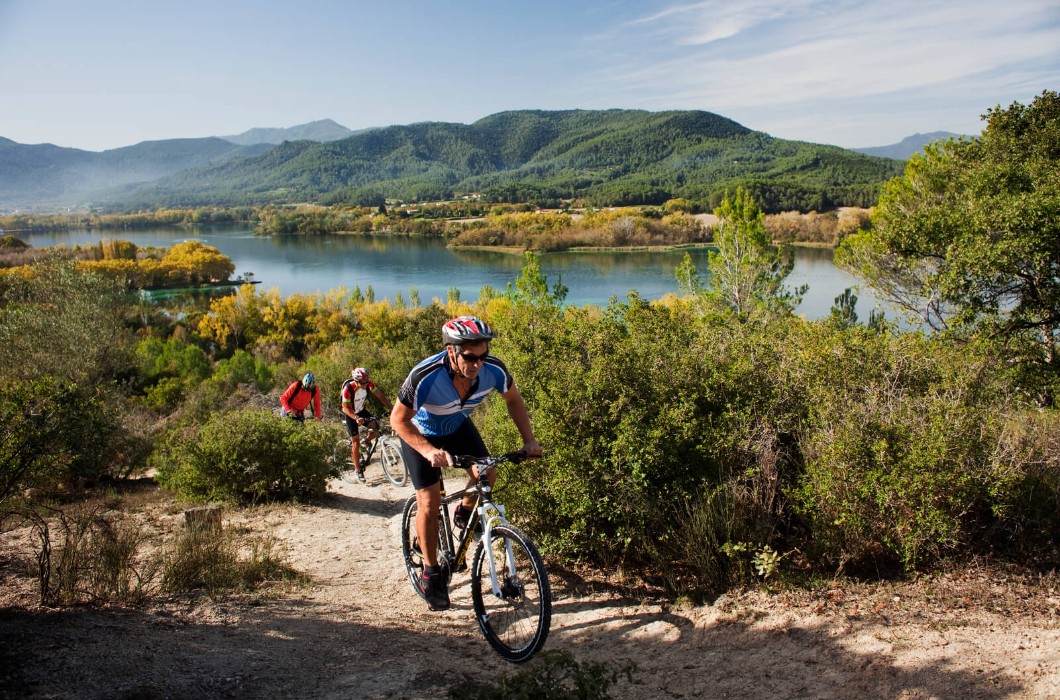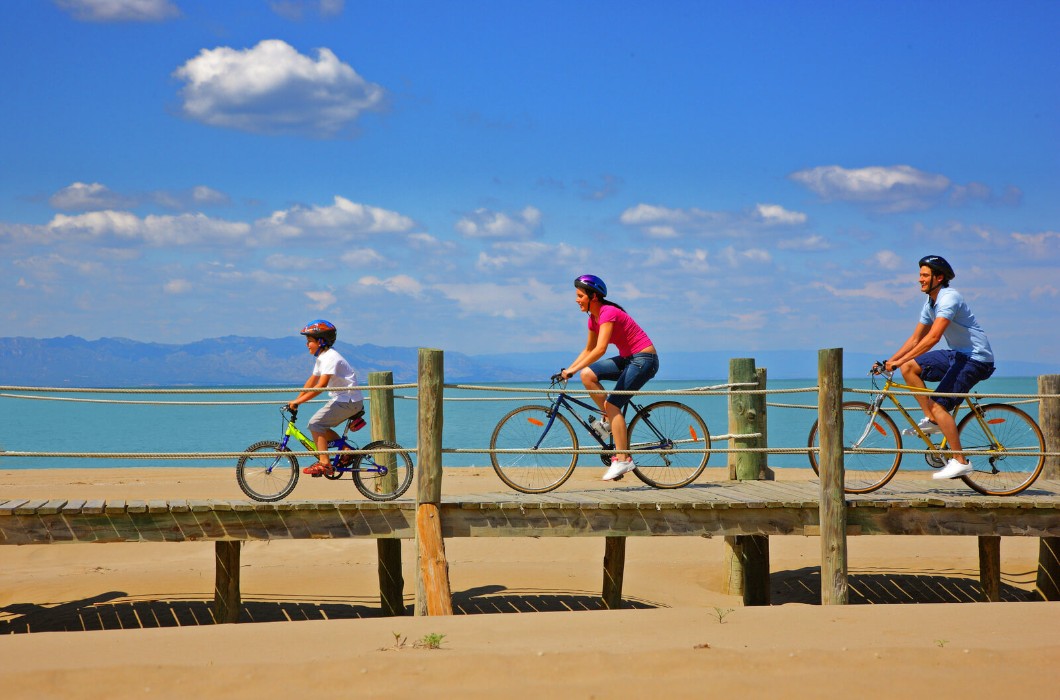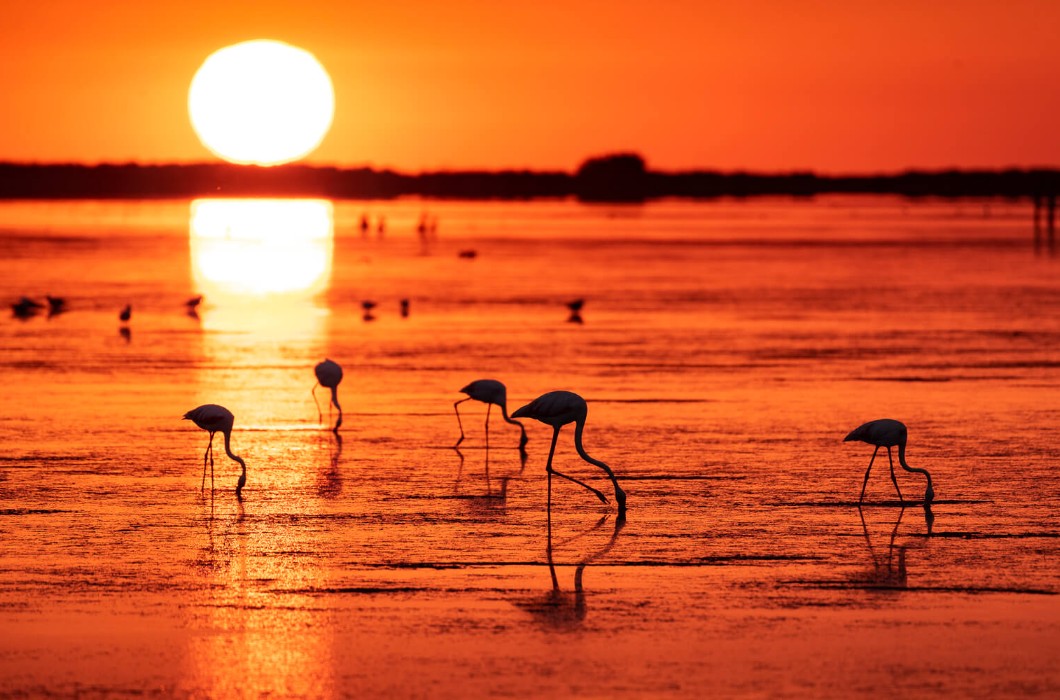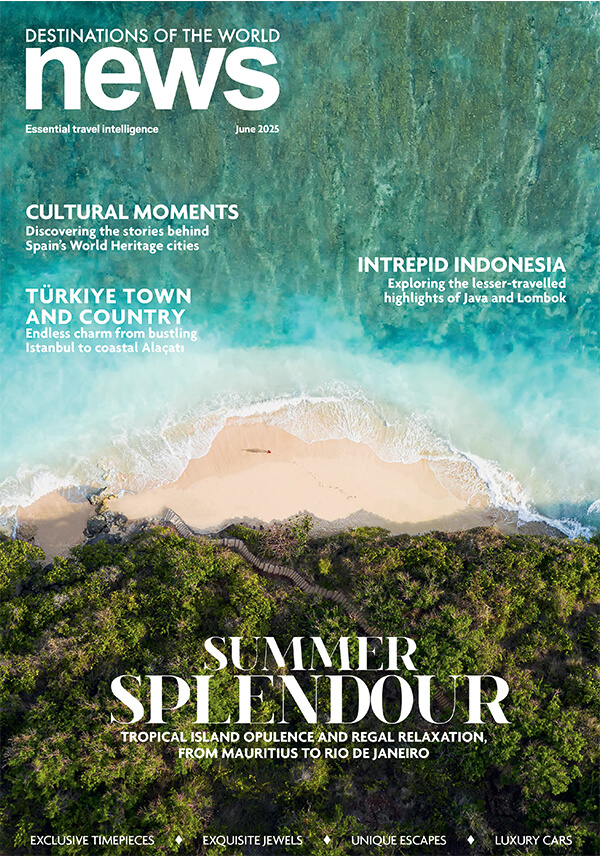Towering mountain tops, heaving seabeds, thriving forests and unspoilt coastal plains; an excursion to Catalonia is the perfect fit for those who embrace the outdoor lifestyle. Possessing more than 30 areas of eco-touristic interest, the region’s natural heritage and biodiversity offers endless possibilities for travellers searching for adventure. Now is the perfect time to explore Catalonia’s great outdoors.
A WALK IN THE PARK
From the highest peaks of the Catalan Pyrenees to the beaches of the Costa Daurada, Costa Brava and Terres de l’Ebre, Catalonia surrenders more than 5,000 kilometres of long-distance trails and 4,000 kilometres of short distance routes, enabling hikers to discover a new slice of beauty with every step they take, as they journey through coastal walks and mountainous treks. Experience the invigorating bursts of sea air along the Camí de Ronda hiking trail as you wind between coves of crystal-clear waters, rugged cliffs and quaint fishing villages. The 43- kilometre-long walkway from Sant Feliu de Guíxols to Begur can be quite challenging, but yields some of the most gorgeous views in the region.
If it is a challenge you seek, head inland to the point where the provinces of Girona, Lleida and Barcelona meet – Cadí-Moixeró Nature Reserve. Here, you will find Cavalls del Vent, an 80 kilometre-route that enjoys more than a 10,000-metre elevation gain. Popular with local climbers, there are eight mountain refuges where visitors can rest their weary feet. Marked with orange signposts, take the circular route in an anti-clockwise direction for the best views. For a change of pace, take a gentle amble through Catalonia’s beautiful national park, Aigüestortes i Estany de Sant Maurici National Park. Stroll the Carros de Foc route and soak up the sights of flowing rivers, cascading waterfalls, impressive mountain peaks and lush woodlands that are teeming with wildlife.
DIVE IN
Situated on the Mediterranean coastline, Catalonia is a beacon of ‘aqua-tainment’ for travellers hoping to cherry pick from a plethora of water-based escapades including canoeing, paddle surfing and more. If you decide to leave terra firma behind and take to the rivers, reservoirs and waterways of the region, your first port of call needs to be the Catalan capital of rafting – the Noguera Pallaresa River. Arguably one of the best places in Europe to test kayaking and rafting skills, the fast-flowing waters located high in the Pyrenees, can top speeds of more than 40 kilometres per hour, resulting in guaranteed thrills and high- octane fun.
In wind-swept Sitges, visitors are beckoned to harness the strong gusts that kiss the coastal town and indulge in the likes of sailing, windsurfing, wakeboarding and kitesurfing. Despite the high winds, the waves are not particularly intimidating, allowing for even the most novice of water sport enthusiasts to partake. For something a little more relaxed, plot a course for the enticing turquoise waters of Cambrils in the province of Tarragona, for a lazy afternoon of sailing on a catamaran, or a gentle paddle in a kayak.
AT THE TOUCH OF A PEDAL
Endless greenways running parallel to historic railway lines, paths that allow visitors to encounter the coast, vineyards, mountains and a bountiful supply of beautiful spots to drop-by when it’s time to rest, refuel and resupply, Catalonia is tailor-made for cyclists. The hilltop village of Horta de Sant Joan has long been favoured by those wishing to be dazzled by one of the most beautiful sunsets in all of Catalonia, including Picasso. But the pulchritudinous hamlet is also at the epicentre of the Val de Zafán greenway. Running along the former train route that once linked Aragon to the Mediterranean Sea, the greenway encompasses Sant Carles de la Ràpita, the stunning natural scenery of Els Port Natural Park and for railfans, an opportunity to catch a glimpse of the famed, disused railway station in Benifallet.
Follow your compass north to where locals converse in Aranese and tarmac is replaced by pebbles and stones for the Montgarri Loop. Surrounded by verdant, undulating hills, prepare yourself for endless vistas of mountain landscapes and pastures full of cows and horses with the sound of rushing rapids of the Noguera Pallaresa never too far from earshot. Make a pitstop at the old village of Montgarri and visit the sanctuary, today a refuge, to replenish energy levels for the return trip, which is uphill. And on the Costa Barcelona, cyclists are invited to savour the panoramic views of El Maresme on the Route of The Hermitages. A relatively short route, there’s plenty to see including the palm tree-covered, golden beaches of Santa Susanna and the hermitages of Sant Pere de Riu and Mare de Déu de Gràcia.
BY LAND, AIR AND SEA
Catalonia is a land made for adventure-seekers. With a map in hand, the region becomes a field of play and exploration. The magnificent La Garrotxa Volcanic Zone Natural Park in Girona province is a prime example of how you can experience one of Catalonia’s wonders in an array of different ways. Visitors can explore the park, home to dense forests of beech and oak trees, flower-filled meadows and some 40 non-active volcanoes by foot, by bike along the Carrilet Greenway Olot, or from the skies with an exhilarating hot-air balloon ride. Following in the same suit in Camarasa, hang-gliding over the reservoir and Montsec mountain range is a must and when you return to earth, lower the pulse rates with a relaxing paddle around the reservoir itself.
Along the Montgrí Coast on the Costa Brava, scuba diving reigns supreme. Suitable for aficionados and amateurs thanks to theoretical and practical classes in a swimming pool beforehand, take the plunge and discover the marine gems that lie beneath the surface of the sea. If you’re partial to spelunking, the gorges and wells of The Forat de Bulí in Gavarra offer a challenging yet fun activity that consists of going inside the riverbed, descending through wells and passing through ancient caves.
THE PULSE OF THE EARTH
Bestowed with an enormously diverse natural heritage in a relatively small territory, Catalonia is a bastion of ecotourism. You can find yourself swimming in the bluest waters of the Mediterranean to scaling the high peaks of the Catalan Pyrenees in only a matter of hours. Such is the diversity of the region. With 30 per cent of the landscape protected, ecotourists can choose from the national park of Aigüestortes i Estany de Sant Maurici National Park, 17 parks and sites, and a total of 184 protected natural areas that contain some of the most diverse flora in Europe as well as showcasing opportunities to watch wild fauna in their natural habitats. In La Vall d’Àneu, the largest fir tree forest on the Iberian Peninsula welcomes guests to improve their wellbeing by taking a ‘forest bath’ and letting their senses absorb the sights, sounds and smells of their surroundings. Or enter the majestic Alt Pirineu in search of the ós bru (brown bear) for a truly memorable experience.
Geologically, the region is blessed with countless gorges, caves, steep walls, volcanoes and deltas. Tarragona’s Ebro Delta is a hive of ornithological interest where birdwatchers can tick off flamingos, the Collared Pratincole, Caspian Tern and more from their list. Or they can luxuriate in the 19th century Roman thermal baths of Caldes de Montbui, where tours guide visitors around the old dining room of the Espai Can Rius before allowing the bubbling warmth of the Font del Lléo to envelop them. A sustainable destination, Catalonia was the first tourism area to receive the Biosphere Responsible Tourism certification on a global scale. The accolade guarantees travellers can enjoy a sustainable experience while the culture of the region is protected, the local economy is supported and the impact on the environment is reduced.





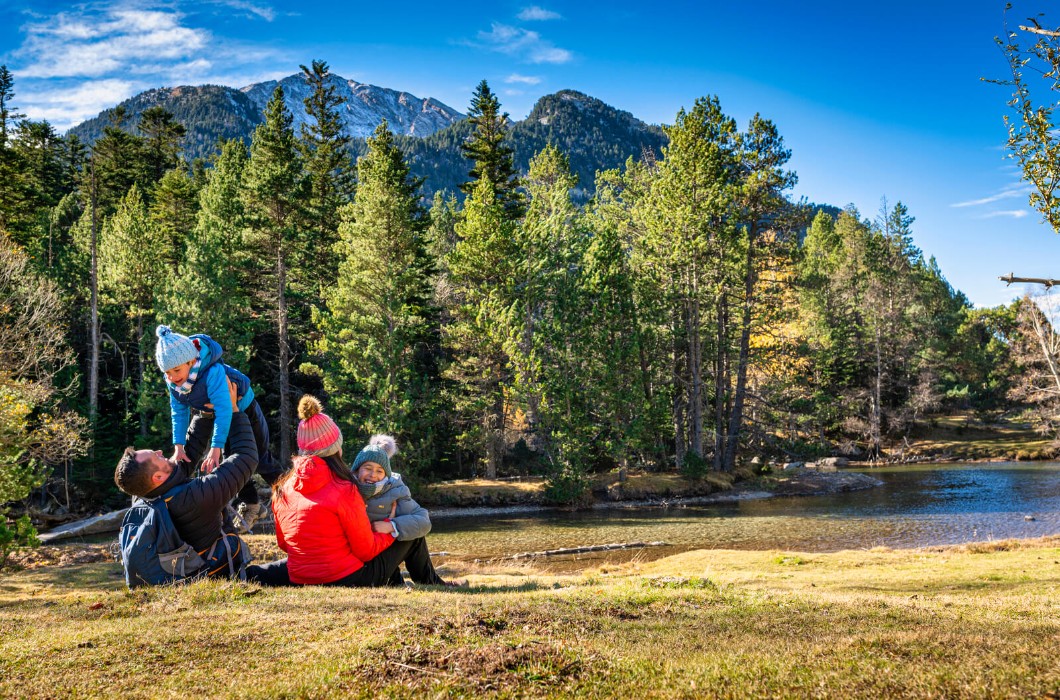
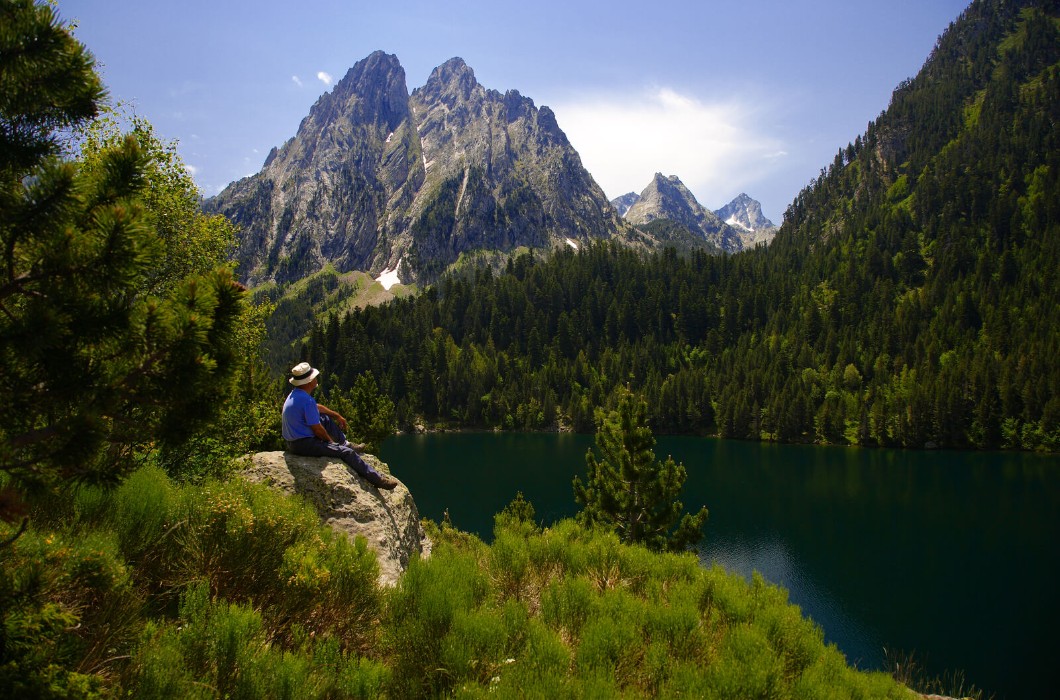
-oxeg56.jpg)
